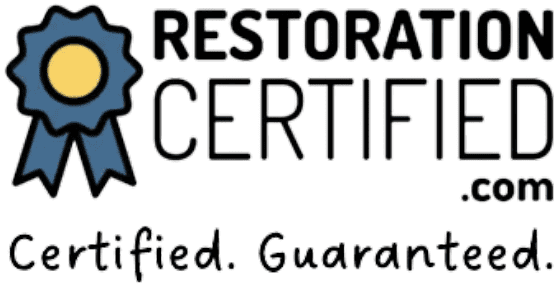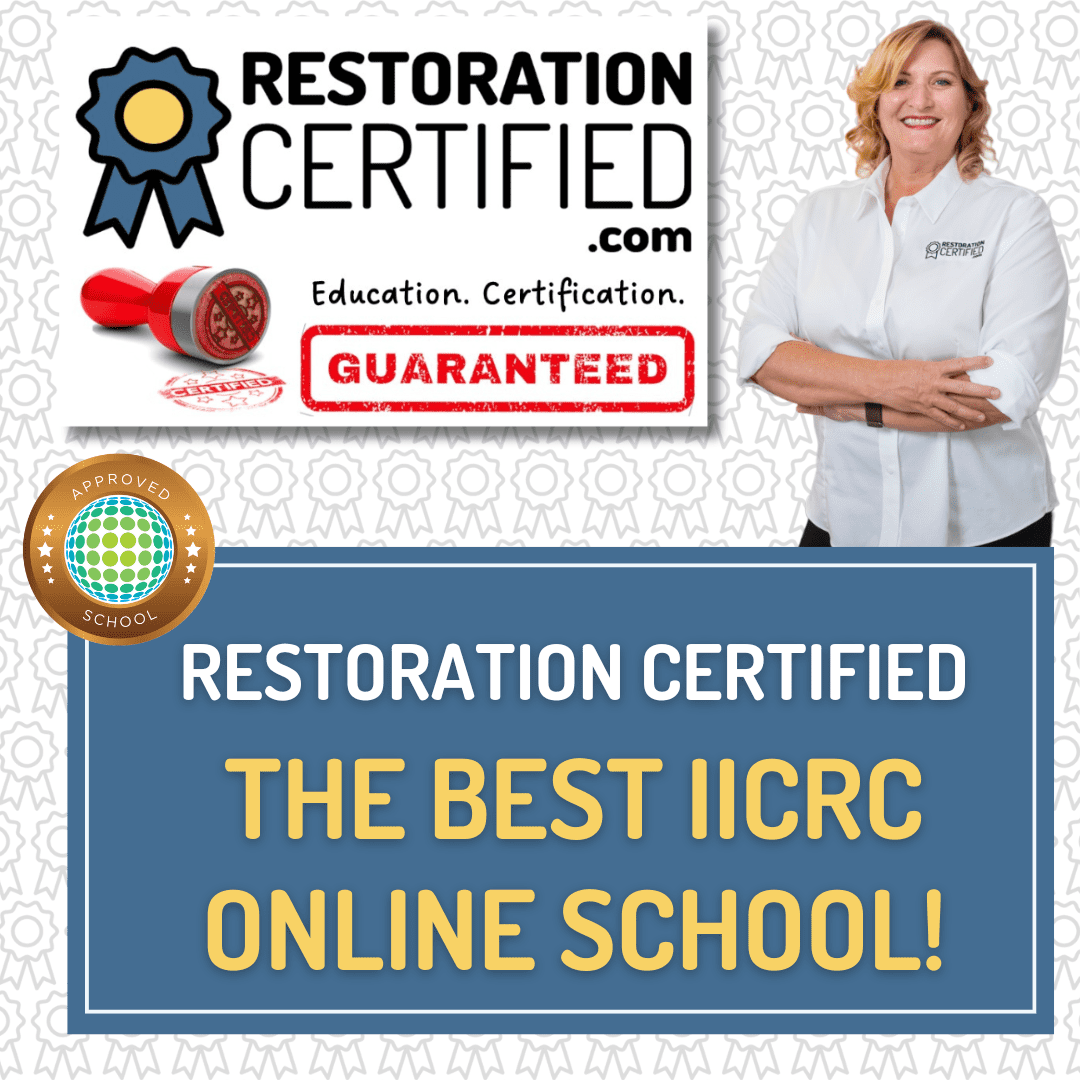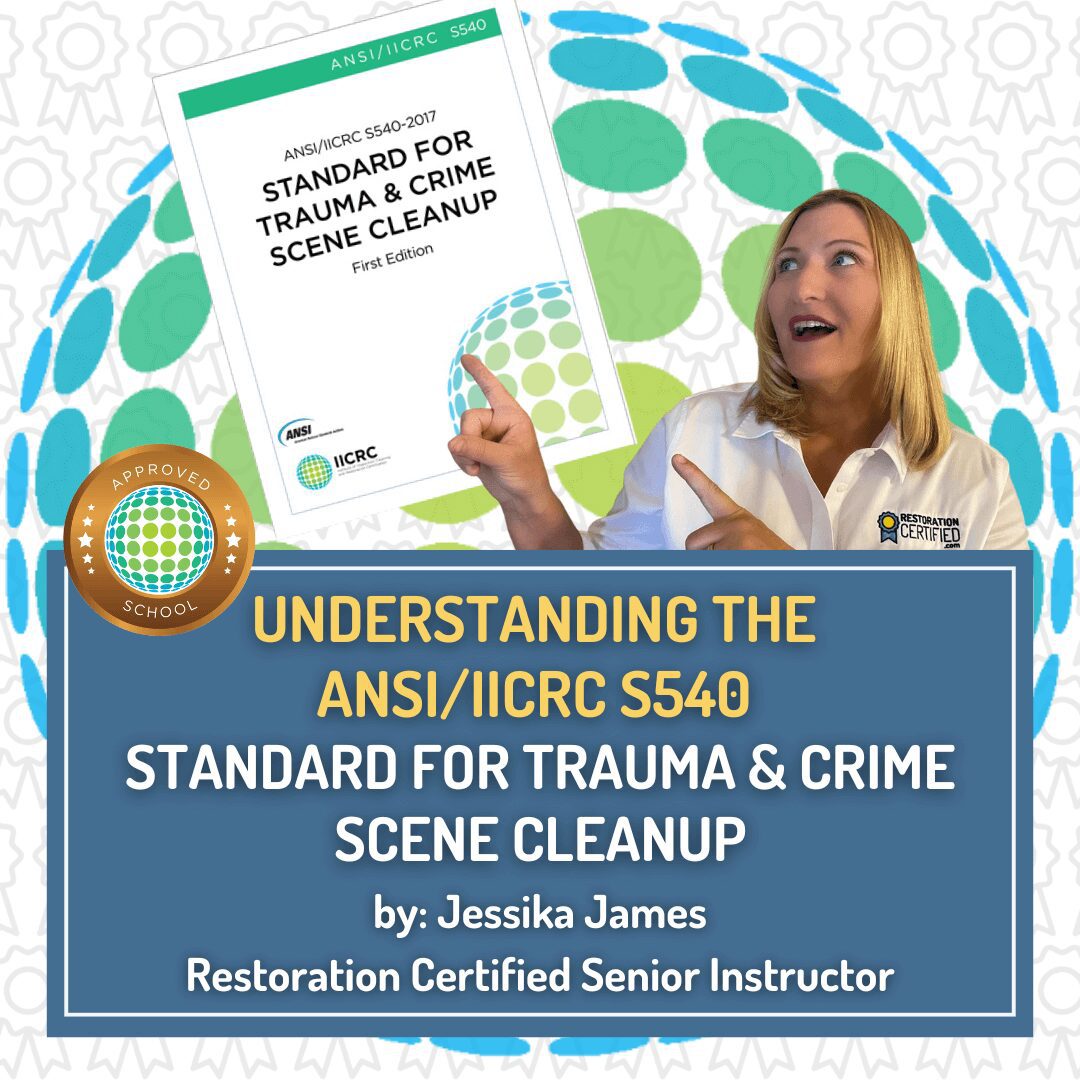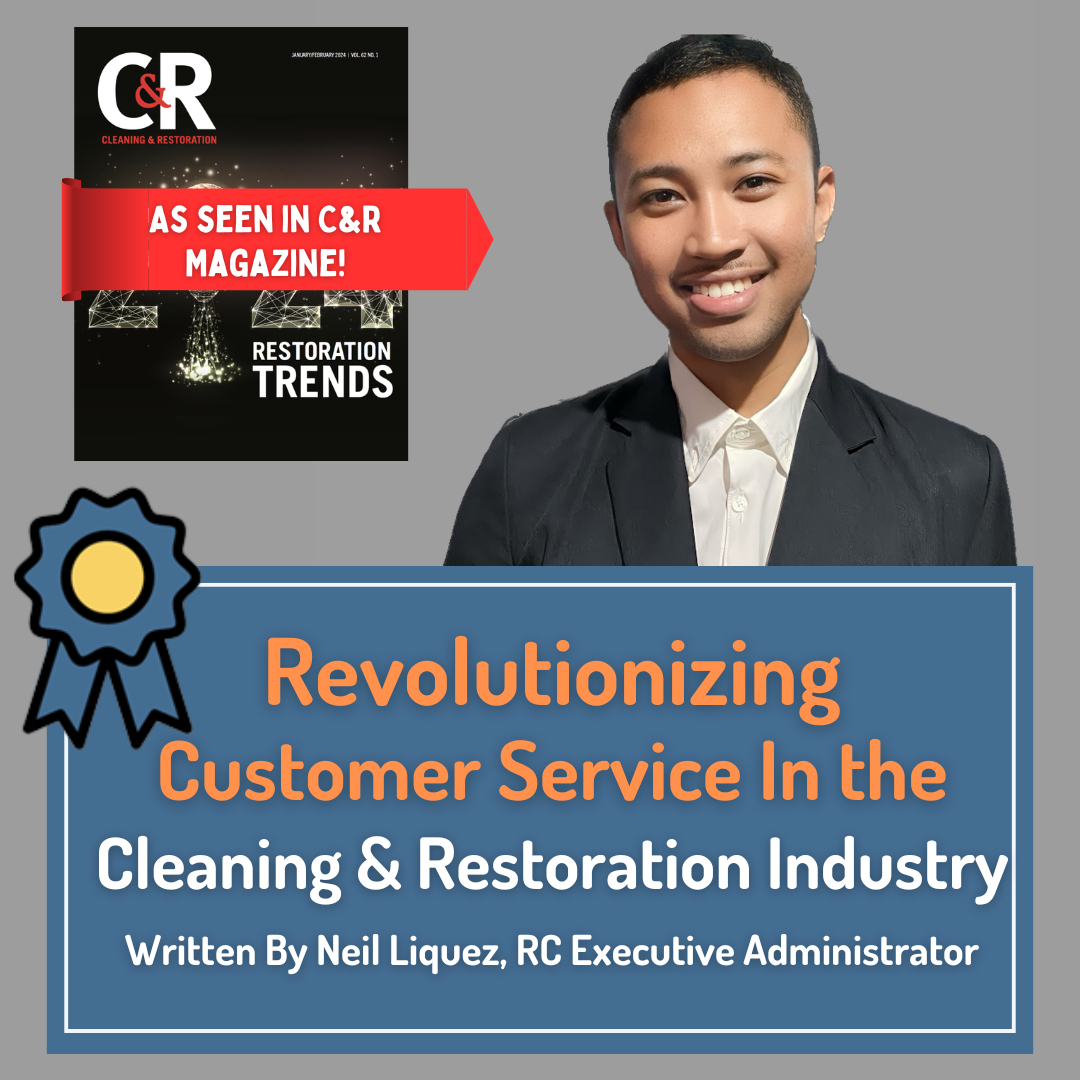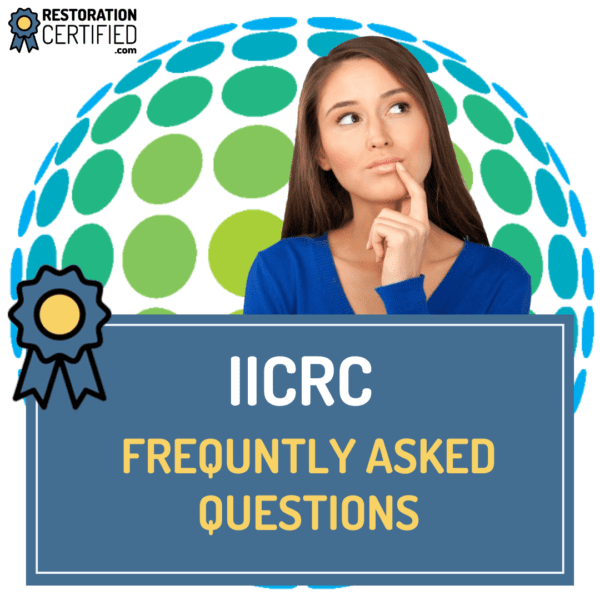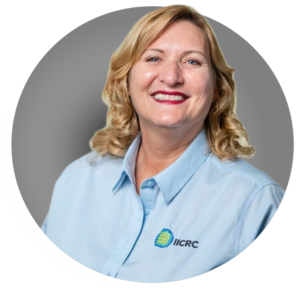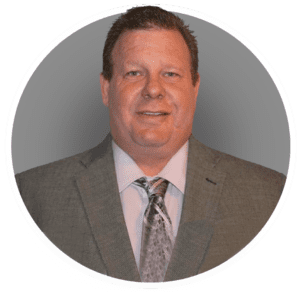Top 5 Most Common Questions About the IICRC S500 Standard
Top 5 Most Common Questions About the IICRC S500 Standard
The IICRC S500 Standard and Reference Guide for Professional Water Damage Restoration is the industry’s go-to resource for handling water damage properly and professionally. But even seasoned technicians and restoration professionals often have questions about how to apply the standard in real-world scenarios.
So, we surveyed 500 of Restoration Certified’s students and social media followers and asked them:
“What are your top 5 questions about the IICRC S500 Standard?”
Here are their most pressing questions—along with expert answers you need to know!
1. How Do I Determine the Category of Water (Category 1, 2, or 3)?
This is by far the most common question. We’ve even written several blogs and social media posts helping water restorers understand these crucial definitions.
Water Category defines the level of contamination present in the water at a loss site. It influences work practices ranging from PPE requirements and drying processes to materials removal, cleaning protocols, and disposal.
- Category 1: Sanitary water with no substantial risk.
- Category 2: Contaminated water that may cause discomfort or illness.
- Category 3: Grossly contaminated, dangerous water with pathogens or toxins.
✅ Correctly identifying the water Category lays the foundation for a safe and effective restoration process.
2. What’s the Difference Between the Class of Water Intrusion and the Category of Water?
These terms refer to different things entirely:
- Category = Contamination level of the water.
- Class = The volume and drying difficulty based on affected materials.
Technicians assess Class 1–4 based on material type, moisture presence, and evaporation potential.
🔍 Understanding both Category and Class is essential for choosing the right equipment, drying strategy, and restoration plan.
3. When Do Materials Need to Be Removed Versus Dried in Place?
Technicians frequently ask when it’s acceptable to dry items like carpet or drywall versus removing them altogether.
The S500 suggests evaluating:
- Water Category
- Material Porosity
- Length of Exposure
For instance, porous materials exposed to Category 3 water often require removal, while clean water damage (Category 1) may allow drying in place.
Always weigh technical guidance, site conditions, and potential liability.
4. How Long Do I Have to Start Drying Before Secondary Damage or Microbial Growth Occurs?
The S500 is clear: start mitigation ASAP. Delays raise risks of microbial growth and structural damage.
📘 S500 Section 12.2.2 - Rapid Response:
“Mitigation procedures should begin as soon as safely possible following the initial moisture intrusion.”
5. What Documentation Is Required to Comply with the S500?
Thorough documentation is your strongest defense when handling claims or disputes.
- Moisture readings (daily)
- Psychrometric logs (RH, GPP, temp)
- Equipment usage
- Daily notes or drying goals
🧠 “If you didn’t document it, you can’t prove you did it—and you probably won’t get paid for it!”
Want to Deepen Your Understanding of the IICRC S500?
Join a live-streamed IICRC Water Restoration Technician (WRT) class by Restoration Certified. Get expert-led training, real-world application, and full exam prep from anywhere.
📘 Register for WRT Class Now